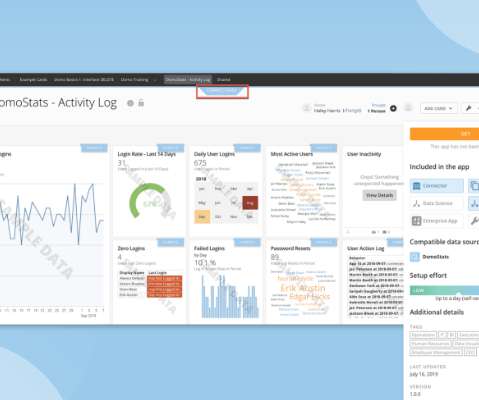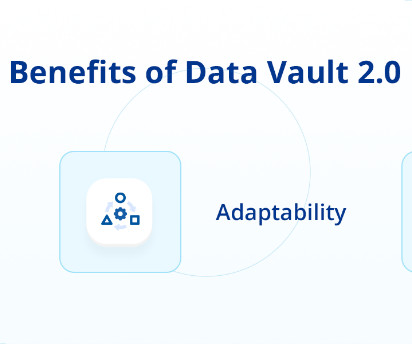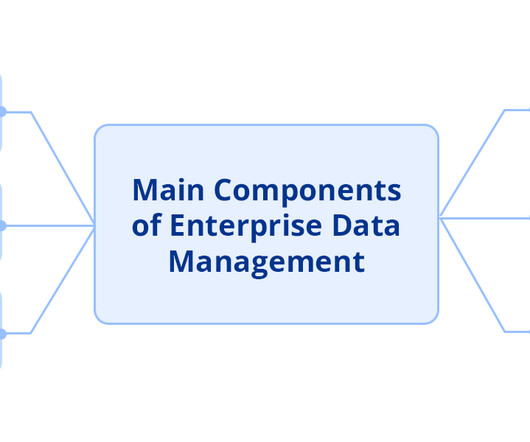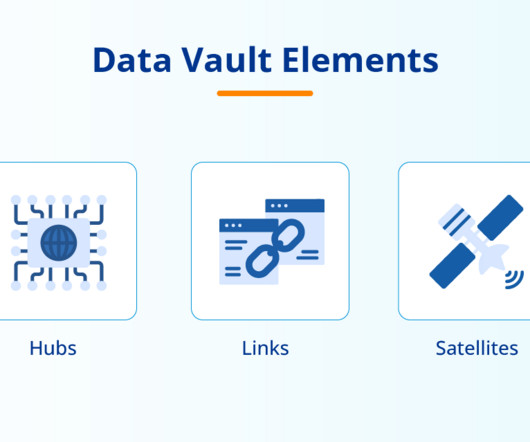How to meet the challenges unique to enterprise scale
Domo
APRIL 28, 2022
The 4 major data challenges organizations face. Over the years, Domo has found that most organizations face up to four major data challenges: Innovating without disrupting processes. Innovation is key to improving processes and increasing efficiency. Governance Toolkit. Big data is on the rise. What’s left?












Let's personalize your content